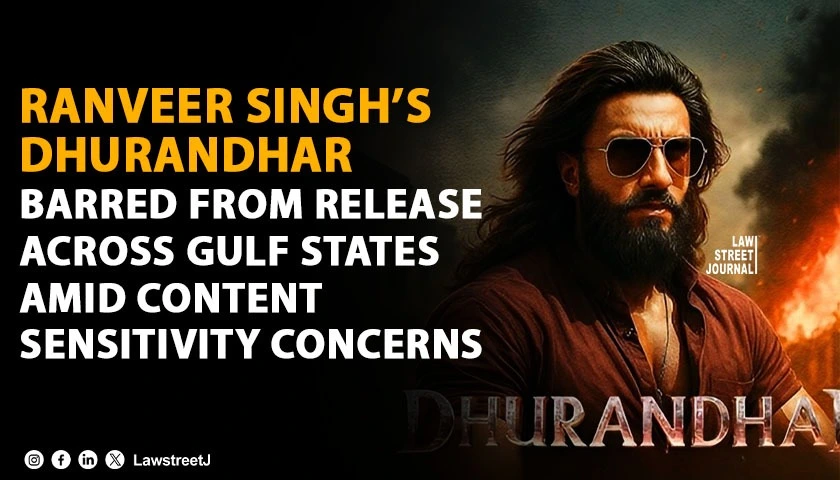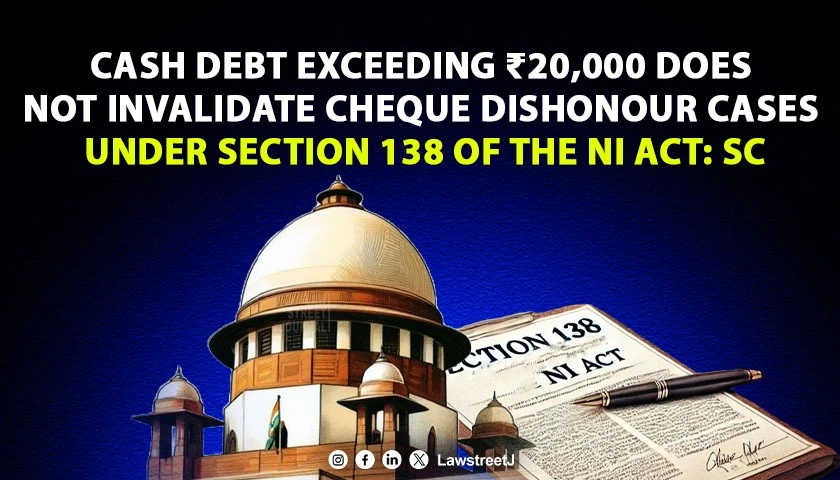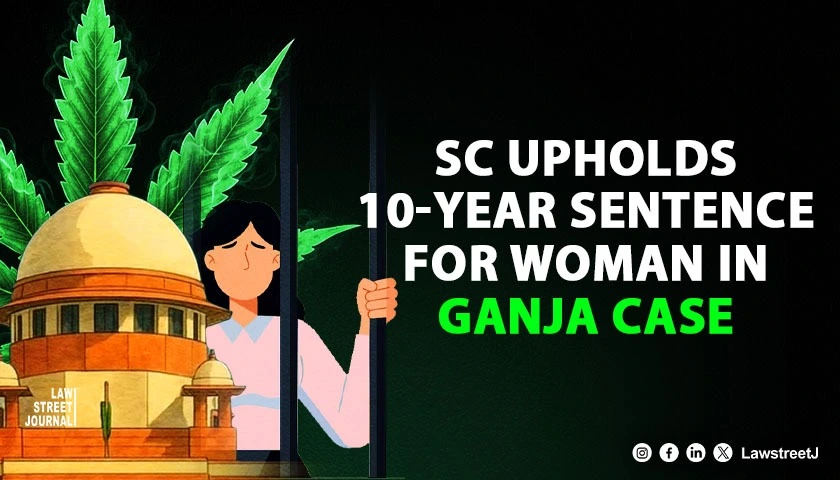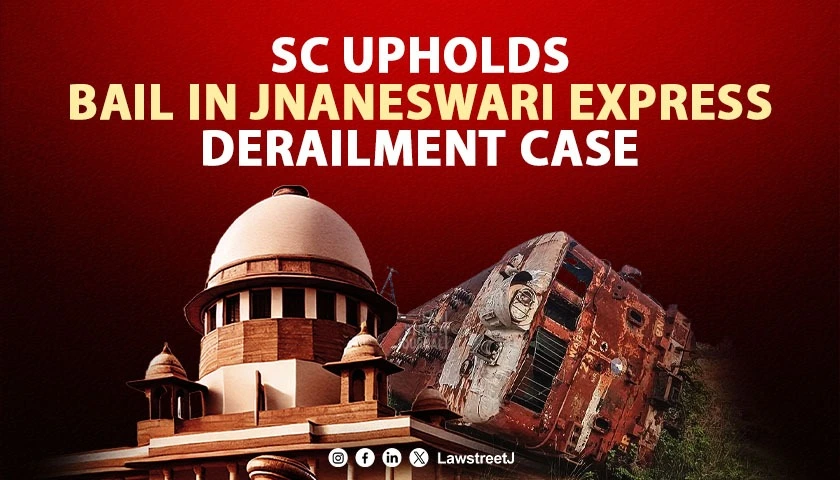The Delhi High Court on December 17, 2018, in the case of Horlicks Ltd. & Anr. v. Heinz India Pvt. Ltd. has held that advertisement is a facet of commercial speech which is protected by Article 19(1)(a) of the Constitution of India and the same can be restricted only in accordance with law enacted under Article 19(2) of the Constitution.
The matter came before Justice Manmohan in a suit filed by Horlicks Ltd. against Heinz India Pvt. Ltd. The plaintiff company sought to restrain Heinz India from publishing its advertisement for its health-drink product, Complan, which allegedly disparaged the goodwill and reputation of the plaintiff company and its products sold under the trademark Horlicks.
The impugned advertisement, published in a newspaper, had compared one cup of Complan with two cups of Horlicks. It had a disclaimer at the bottom of the page, which stated that One cup of Complan (33g) gives 5.94g of protein while two cups of Horlicks (27*2=54g) gives 5.94g of protein basis recommended pack dosage.
Senior Advocate Chander M. Lall appearing for the plaintiff contended that the impugned advertisement wrongly stated that the amount of protein in the defendant's product was double the amount of protein in the plaintiffs' product. He stated that the serving size of Complan had been manipulated to have double the protein of Horlicks.
Further, it was also argued that the impugned advertisement wrongly showed a direct correlation between the amount of protein consumed and growth in a child. By overemphasizing the benefits of protein alone, the defendant was trying to misguide consumers into believing that consumption of the defendants product directly leads to growth.
The court, however, rejected the contentions put forth by the plaintiff and held that the impugned advertisement is not misleading and there is no denigration or disparagement of the plaintiffs mark.
Taking into consideration the objective of Sections 29(8) and 30(1) of the Trade Marks Act, 1999, which allows comparative advertising as long as the use of a competitors mark is honest, the court said that in the present case, there is no detriment to the distinctive character of the plaintiffs' mark, as there exists a clear distinction between the plaintiffs and defendant's product. HORLICKS remains the source indicator of plaintiffs' product. In the opinion of this Court, plaintiffs cannot prevent use of their trademark for the purpose of identification of their product.
Further, the court also opined that that advertisement is a facet of commercial speech which is protected by Article 19(1)(a) of the Constitution. The same can be restricted only in accordance with law enacted under Article 19(2) of the Constitution. In a democratic country, free flow of commercial information is indispensable and the public has a right to receive the commercial speech. In fact, the protection given to an advertisement under Article 19(1)(a) of the Constitution is a necessary concomitant of the right of the public to receive the information in the advertisement, the court said.
The court thus dismissed the application holding that the impugned advertisement is not misleading and there is no denigration or disparagement of plaintiffs mark. Further, the factor compared is material, relevant, verifiable and representative feature.

![Advertisement Is A Facet Of Commercial Speech Protected By Article 19(1)(a): Delhi HC [Read Judgment]](/secure/uploads/2019/08/lj_8925_Advertisement-Is-A-Facet-Of-Commercial-Speech-Protected-By-Article-19-1a-Delhi-HC.jpg)





